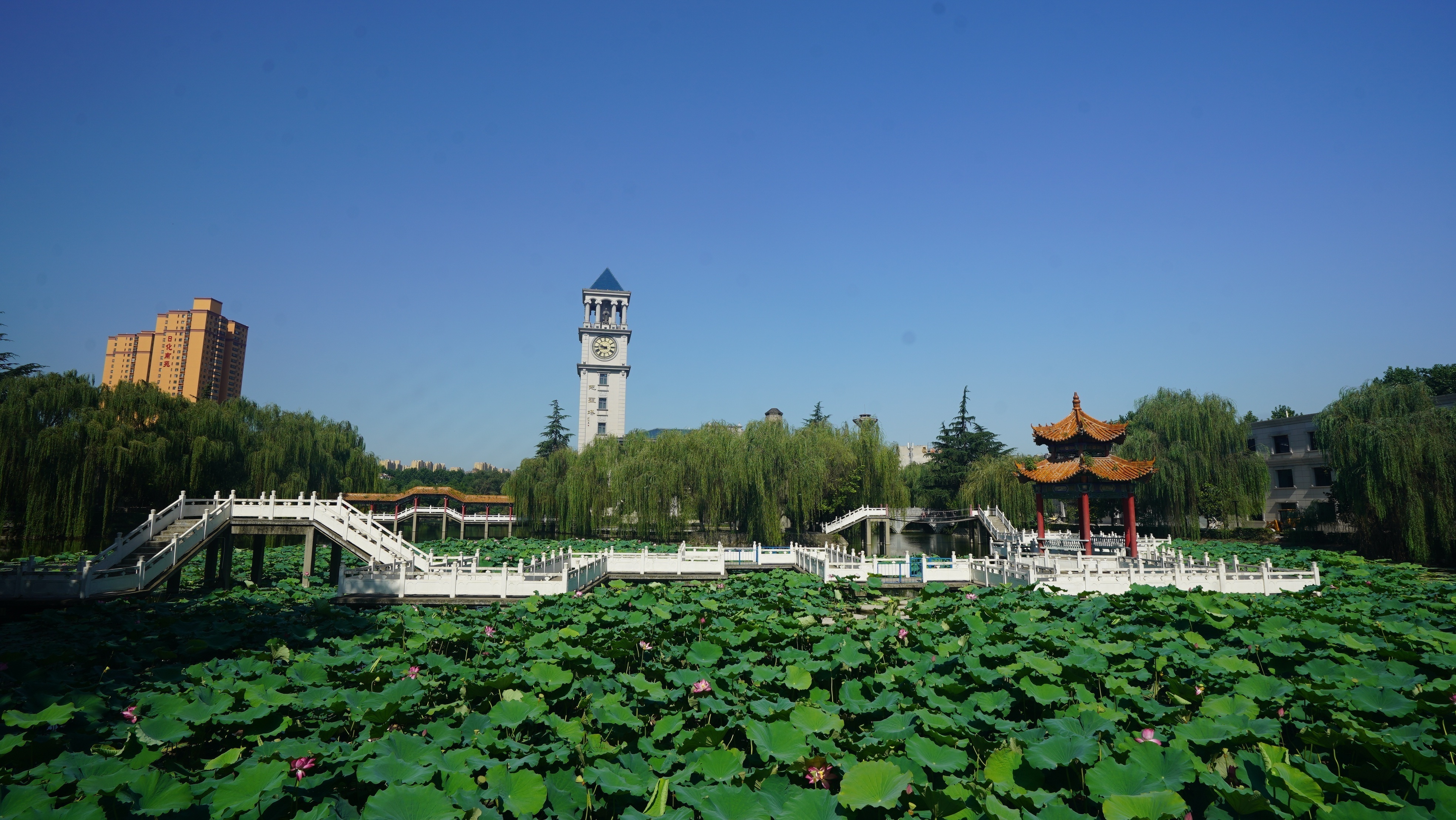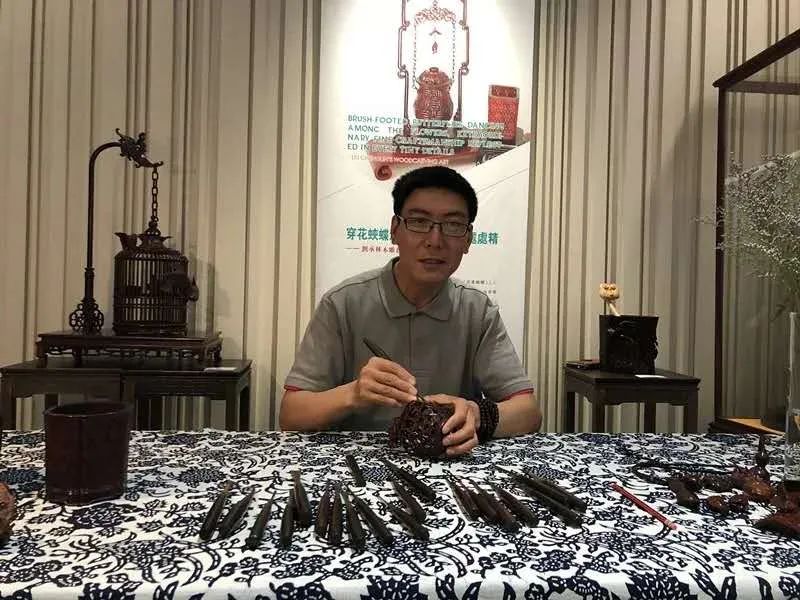Thirteen treasures of Jiangsu | Through them, see the prosperity of Yangzhou City in the Tang Dynasty
Author:Yangzi Evening News Time:2022.08.24
Under the guidance of the Jiangsu Provincial Party Committee's Internet Information Office and the Jiangsu Provincial Department of Culture and Tourism, the Zi Niu News and Yangzi Evening News will launch the "treasure travel" from August to October 2022 to October 2022 to launch the "treasure travel" Rong media action. Under the joint recommendation of cultural tourism and its museums under its jurisdiction, after voting by netizens and selection of experts, they finally selected the "Thirteen Treasures" with the meaning of Jiangsu cultural logo.
Yangzhou has a distant history of more than 2,500 years, and there are many well -preserved cultural relics in the category. Cities with excellent traditional culture of China.
Entering the Yangzhou Museum, many of the "treasures" here record history silently. Through them, the scene of the international metropolis in the Tang Dynasty in Yangzhou emerged in front of them.

The "Ball Ball Pattern Bronze Mirror" of the Tang Dynasty
(18.5 diameter, 1.0 cm thick)
It was unearthed at the Jinwanba site in Tai'an Township, Pixiang County in 1965. The mirror is diamond -shaped, semi -circular buttons. The back pattern of the mirror is four riders, holding a ride with a hand, jumping horses and Mercedes -Benz, with different shapes of four horses. On the ground, the knight's shoulder lotus rotes wait for the opportunity to hit the ball; one horse's forefoot is on the ground, the back hoof is empty, and the knight holds the rod forward to grab the ball; Hook the ball with a rod. Between people and balls, high mountains and flower patterns show the scene in the suburbs.
The entire picture of the bronze mirror shows the vivid and fierce scene of the play ball game. The characters are expressive and the lines of the horse are bright. The Tang Dynasty scene thousands of years ago showed the eyes of today's people. Because the ball bronze mirror depicts real life and is very vivid, it is very vivid, so it has artistic and historical value, and is also called the exquisite works in the copper mirrors of the Tang Dynasty.
Prior to the Han Dynasty, China did not play polo. Later, Persia was introduced to our country. In the Tang Dynasty, the emperor and nobles were loved by the emperor and nobles. This sport was popular. Not only that, women also participated in the ranks of ball polo, which shows the enlightened and open social fashion of the Tang Dynasty.
Art comes from life. As the largest copper mirror producing place in the country in the Tang Dynasty, the ball ball has also become the creative theme of Yangzhou copper mirror craftsmen. Not only does the bronze mirror not only players, but also can be seen between people and the ball. Alpine and flower patterns are suitable for each other.

Tang Changsha kiln green glaze brown green dot color cloud pork pattern double ear pot
(High 29.8, diameter 16.3, bottom diameter 19.5 cm)
It was unearthed in the Tangcheng site of Yangzhou in 1974. The bead pattern of the can is the same as the bead pattern in the Persman Manchu dynasty, which is quite exotic. Its body is large, the essence of decoration, and the beauty of glaze is a rare treasure in Changsha kiln.
From the perspective of the shape, the tank is straight, the lips, the tall neck, the abdomen, and the flat bottom. The symmetrical flat ring -shaped printing pattern of the shoulder is decorated with the "king".
The tire is beige, the whole body is covered with cyan glaze, and the body is covered with patterns. The brown and green dots are arranged into combination of bead -shaped cloud and rolled patterns. , Combine into a large ribbon line, and decorate each of the clouds on both sides of the clouds, with a stoody lotus flower, and in the gap under the two groups of clouds and puffs, make up a lotus leaf pattern. This can form a complete cloud pattern. The two color lines of the bead -shaped cloud patterns arranged in the phase are more eye -catching and prominent against the yellow glaze.

Eastern Han Dynasty Evil Hog Pot
(Tong high 7.7, pot height 6.8, width 6, thickness 4.5 cm)
In 1984, it was unearthed in the Tomb of the Eastern Han Dynasty in the Ganquan Tiger Dun. Xinjiang Hetian Baiyu quality, the shape was kneeling in one evil. Right -handed ganoderma fairy grass, hollowed out in the middle, round mouth on the top of the head, and the ring button silver cover.
Evil wicker self -engraved circle pattern and feather patterns, using a variety of techniques combined with round carving, hollow, relief, and shade lines, arranged appropriately, and appropriately applied. On the basis of inheriting the traditional techniques and decorations of the Warring States Period, the more bold application is the masterpiece of the jade articles of the East Han Dynasty.

Western Han Tongyang 铜
(High 2.1, diameter 8 cm)
In 1988, it was unearthed in the tomb of Western Hanzhuang, Yaozhuang, Ganquan Township, Shejiang County. It is a achievement of physics and optical research and use.
The yang is like a bronze mirror, with a raspberry type, concave, arc -shaped, good polishing, and brightness. The center of the back is decorated with a three -string button, the round buttons, the inner area is quarterly, mainly the pupae patterns, and the grass -shaped pattern is decorated with the outer area.
Yang Yan, also known as "husband", is a tool for the ancients to get fire. It is a mirror -made concave mirror, facing the sunlight, so that the sun gathers the sunlight inside the concave mirror to reflect on the fire and other fires, so that it will burn the fire.
Yangtze Evening News/Zi Niu Journalist Kong Xiaoping
Edit: Qin Xiaoyi
- END -
There is a lake in this university, and you meet the Xi'an Foreign Affairs College!

Breeze brushed through the pondBring a scent of flowersXiaoshu has passed, midsumm...
Craftsman said | Liu Chenglin -Rong Gu is new, reproduce the glory of wood carving!

A skill, a generation of watches passed downA tradition, engraved with ancient cul...